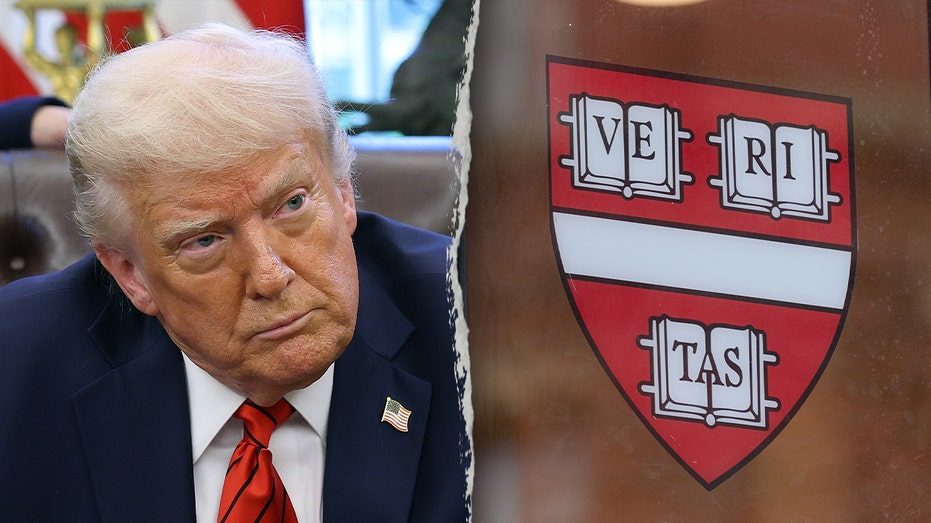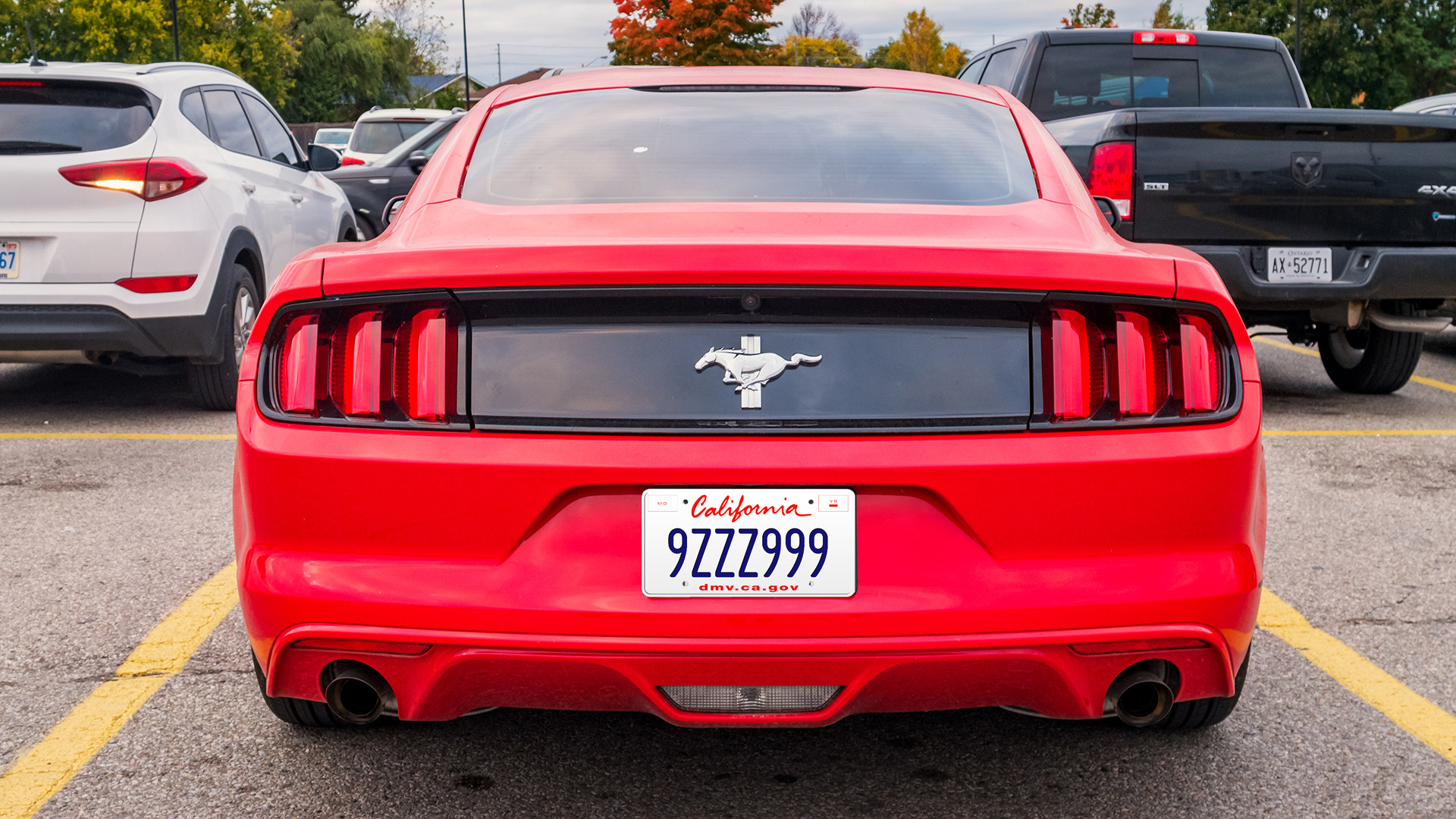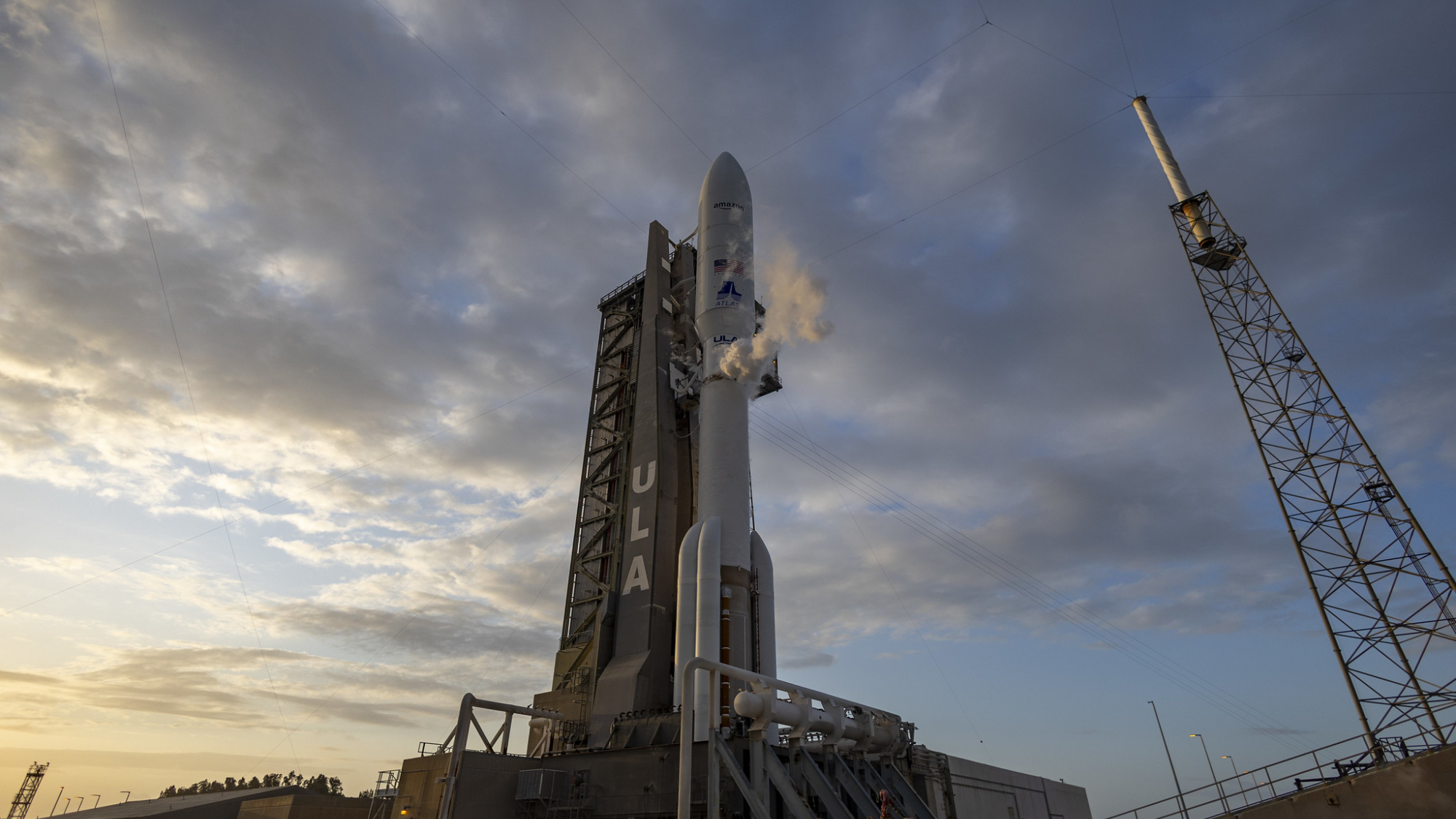Why ‘peace through strength’ won’t work in the Middle East
Washington continues to utilize overly militaristic policies to achieve policy outcomes that cannot be reached with blunt force.

The bumper sticker line for the Trump administration’s second-term foreign policy, known as “peace through strength,” will achieve nominal peace in the Middle East at best. But the so-called “peace” that President Trump highlighted as a central component of his third campaign for the White House is proving to be elusive, as demonstrated by the collapse of the Israel-Hamas ceasefire deal and the revived bombing campaign in Yemen.
These outcomes reflect a broader issue: Washington continues to utilize overly militaristic policies to achieve policy outcomes that cannot be reached with blunt force.
The irony should not be lost on those rightly critical of the “isolationist” accusations lobbed at the new administration. Trump’s second term is proving to be one of action, yes, but personnel is policy. In this context, many of the key national security staff in bodies like the National Security Council largely stem from the Republican Party’s neoconservative, interventionist wing.
Some of these officials are the same individuals who have pushed failed policies for decades, such as “maximum pressure” against Iran. The views and goals of such staff did not suddenly change overnight — they are simply operating under a new set of talking points.
Indeed, U.S.-Iran competition offers a primary example of the nuances lacking from a misguided “peace through strength” approach.
Tehran has for decades rejected hawkish attempts — including sanctions, assassinations and international piracy — to change its behavior, developing increasingly convoluted and dangerous deterrence policies across the Middle East and abroad in response. In this case, Washington’s use of “strength” has emboldened Iranian hardliners and vice versa, in a death spiral of increasingly violent interactions across a swath of third countries.
To be sure, the Islamic Republic is anything but angelic. But the point stands: Aggressive posturing to highlight relative strength has done little to prevent U.S. adversaries from working to achieve their interests, even if diametrically opposed to Washington. The Middle East is awash with similar failed examples of this dynamic, from Iraq and Syria to Palestine and Yemen.
In each instance, empty “strength” posturing failed or is failing. Syria’s Assad regime, for example, did not fall because of U.S. sanctions, a military presence or the covert arming of opposition militias. Rather, Damascus responded to those U.S. actions by committing to destabilizing regional actions such as the captagon drug trade to pressure U.S. regional partners. The Houthis did not cease their malign actions in Yemen because of their Foreign Terrorist Organization designation or the bombs dropped on their military and government positions. Rather, the group has doubled down time and again.
Traditional neoconservative talking points typically argue that interventionist policies do not go far enough, often due to leaders and officials “lacking resolve.” To them, this failure reflects a willingness to sacrifice so-called, nebulous “credibility” in the name of isolationist and weak goals. The logic goes that Washington must be strong everywhere and all the time — or risk ceding ground to dangerous actors just one step beyond the U.S. coastline.
While Trump has espoused a relatively different — albeit chaotically shifting — line of reasoning publicly and in some policy decisions, his first and second terms reflect this traditional neoconservative approach. His first administration expanded bombing campaigns in the Horn of Africa and anti-ISIS operations across the Middle East (and kept troops deployed even after ISIS was defeated). And it racked up a brutal pressure campaign on Iran in the name of strength to achieve total victory over its enemies or produce ever-distant “deals” with them.
Trump’s second term is thus far reminiscent of that same approach in the Middle East. Under his leadership, the U.S. has threatened Jordan and Egypt to take in hundreds of thousands of Palestinians in an obvious effort to allow Israel’s annexation of the illegally occupied West Bank and Gaza. This effort, if achieved, will risk a brutal regional conflict and a Third Intifada that could threaten the governments in Amman and Cairo.
The administration is expanding former President Joe Biden’s bombing campaign in Yemen against the Houthis, going so far as to declare that Iran owns responsibility for any future Houthi strikes. Do not be fooled — this is a clear threat of a future attack against the Islamic Republic. Given the Houthis are unlikely to stop their attacks any time soon, one can be excused for asking how exactly this ends.
Ultimately, U.S. officials would be wise to recognize that “strength” comes in many forms. Washington’s secret weapon is not its military per se, but rather the culmination of its capabilities, relationships and a grand strategy reasonably acknowledging the breadth of those components’ capacities to achieve a given foreign policy objective. That includes soft power — something intrinsically damaged when brute force is used without consideration of those relationships.
Simply put, the Trump administration will fail in the Middle East and more broadly if it acts on hard power alone — especially if that approach ignores just how narrow U.S. interests are in the Middle East. Understanding this dynamic requires accepting the limitations of power and the unnecessary risk associated with taking shortcuts for false victories. Doing so can lead to outcomes in line with Trump’s stated desire to be a peacemaker.
Alexander Langlois is a contributing fellow at Defense Priorities.







































































